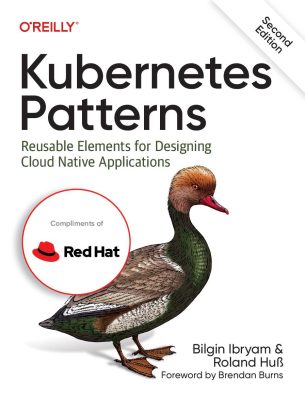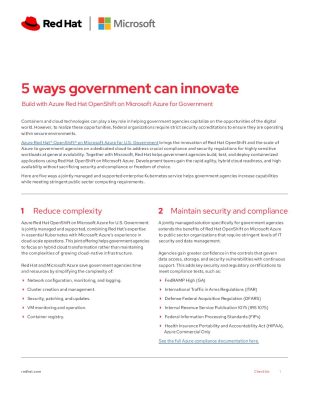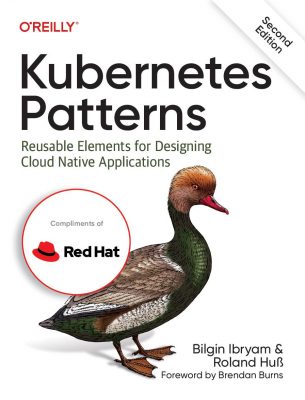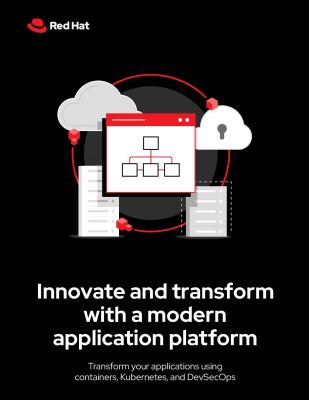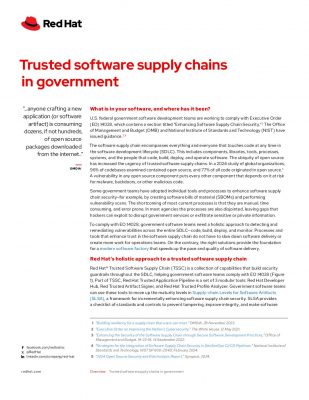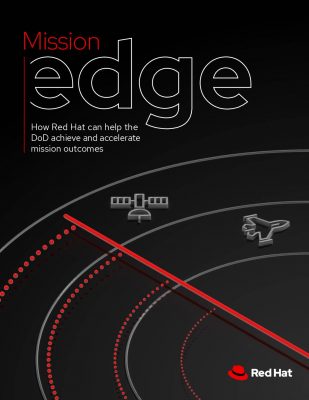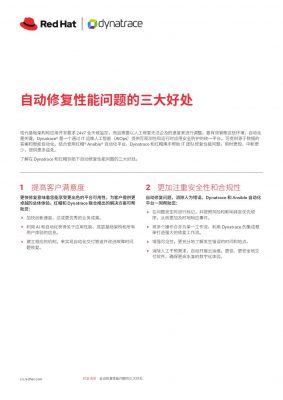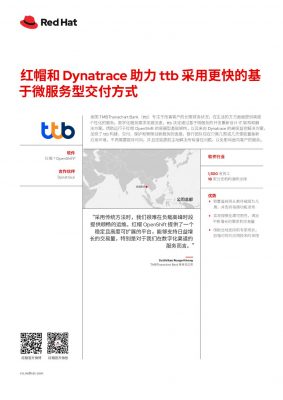Highlights:
- A hybrid cloud architecture enables apps to be placed closer to the end users, reducing overall latency and improving the end-user experience.
- Hybrid cloud architecture facilitates effective data governance by providing centralized management and control over data across both public and private clouds.
A hybrid cloud architecture refers to a cloud computing setup that combines various environments such as on-premises, private cloud, public cloud, and edge environments. In this model, the hybrid cloud encompasses integrated data and application security, allowing for the availability of computing, storage, and cloud-managed networking across different storage platforms.
Unified management and orchestration tools are employed across hybrid cloud infrastructure to facilitate flexibility in data, application mobility, and operational agility. In the following content, we’ll navigate the structure, working, and key benefits of hybrid cloud architecture. Let us commence by understanding the hybrid cloud’s structure.
What is Hybrid Cloud Architecture?
The crucial segments that constitute the hybrid cloud integration are as follows:
1) On-premises
Deployments within an organization’s data center, such as storage area networks (SANs), network-attached storage (NAS) devices, and GPU servers, are known as on-premises deployments. These integrations solve edge computing infrastructure challenges onsite and enable a significant degree of control over infrastructure management.
2) Private Cloud
A private cloud is exclusively managed and operated by the organization that owns it. It offers similar advantages to public clouds, such as scalability and self-service capabilities, while allowing the organization to retain control over infrastructure and data.
3) Public Cloud
Third-party services manage and operate public clouds. Typically, public clouds are the most cost-effective choice, but they provide the least amount of control over the infrastructure and data.
With the constituent integrations comprehended, understanding the integral functionality becomes easier.
How Does Hybrid Cloud Architecture Work?
A hybrid cloud network architecture integrates the best features of both public and private clouds. It connects them in a way that allows data to transfer easily and makes it easier for workloads to move according to business and technical requirements.
The usage of open-source virtualization software and some other container platforms like Docker; network virtualization through virtual private networks (VPNs); and contemporary application deployment approaches like microservices, APIs, and Kubernetes are critical factors in the movement of workloads.
A hybrid cloud integration architecture enables apps to be placed closer to the end users, reducing overall latency and improving the end-user experience—becoming increasingly important in a competitive market—by utilizing the finest features of public and private clouds.
Today, most businesses have noticed a rapid, sharp rise in the number of remote employees, many of whom use desktop virtualization in some capacity. Much of the internet traffic for those remote users can be separated from the private cloud by hosting their desktops in the cloud rather than on-premises, preventing it from interfering with business-critical back-end activities.
A single, centralized administration platform is made possible by hybrid cloud architecture, which may be used to establish strict security procedures and lower global risk.
After assessing the comprehensive working, we’ll move on surfing through noteworthy and varied advantages hybrid architecture serves in the organization.
Benefits of Hybrid Cloud Architecture
1) Flexibility
The hybrid infrastructure provides the flexibility to leverage the advantages of both public and private clouds. It allows organizations to allocate workloads and resources based on specific requirements, such as sensitive data storage in a private cloud and high scalability in a public cloud.
2) Scalability
Hybrid cloud architectures can handle sudden spikes in demand by leveraging public clouds’ elasticity while maintaining dedicated resources in the private cloud for predictable workloads.
3) Seamless Integration
With a hybrid cloud architecture, businesses can first migrate front-end and stateless applications to the cloud, then migrate other applications in a containerized, modern format. On-premises servers and applications can still be used, and their data can still be stored there if necessary due to regulatory, governance, or other constraints.
4) Cost-effectiveness
Organizations can benefit from CSP economies of scale by adopting a hybrid strategy, especially when it comes to long-term archive, backup, business continuity, and disaster recovery.
5) Disaster Recovery
By replicating critical data and applications across public and private clouds, organizations can ensure data redundancy, reduce downtime, and improve overall business continuity in case of unforeseen events or disasters.
6) Data Governance
Hybrid cloud security architecture facilitates effective data governance by providing centralized management and control over data across both public and private clouds. It enables organizations to implement consistent data policies, access controls, and data lifecycle management practices, ensuring data integrity and compliance.
The numerous benefits that hybrid cloud integration serves, pave the way to learn about its comparative analysis with multi-cloud architecture in terms of structure, functionality, and existing hurdles.
Difference Between Hybrid Cloud Vs. Multi-cloud
Hybrid and multi-cloud architecture patterns distinctively differ in terms of certain structural and functional parameters.
Organizations utilize various public cloud services from several suppliers in a multi-cloud architecture. They use multiple clouds for numerous jobs to avoid vendor lock-in or get best-in-class outcomes. The hybrid cloud architecture, on the other hand, blends public and private clouds for the same objective.
A multi-cloud architecture acknowledges the fact that not all architects produce clouds equally. For instance, the computer requirements of the sales and marketing departments are different from those of the software development or research and development (R and amp;D) departments.
Hybrid models often work together by blending and intersecting data, applications, and processes. Multi-cloud models use several clouds for various activities. With direct comparative assessment, the major challenges or drawbacks of the hybrid architecture can be spotted and addressed as mentioned further.
Demerits of Hybrid Cloud Architecture
1) Limited Operational Speed
Depending on the specific cloud architecture, applications that require the fastest feasible speeds may not be compatible with hybrid cloud settings. Besides, some part of data storage is influenced by latency.
2) Lesser Control
While deploying hybrid cloud computing architecture, you give up part of your control over your computing and storage choices. A hybrid cloud requires secure integration between private and public environments for your activities to execute hassle-free. As a result, any uncontrollable changes to the public cloud environment are accommodated by your private infrastructure.
3) More Expensive than Public Cloud
Since setting up, hosting, and coordinating private servers is expensive, smaller businesses on a tighter budget are better served by a public cloud investment. Furthermore, since a private cloud requires cloud architects to create it and an IT team to administer and manage it, it is not feasible to construct or maintain one if your business has minimal IT resources.
Summing Up
A hybrid cloud architecture seamlessly orchestrates workloads, ensuring efficient administration and portability across multiple environments. This flexible approach empowers businesses to optimize resource utilization and achieve high-performance outcomes while leveraging the strengths of diverse cloud infrastructures.
Defining hybrid cloud computing in terms of what it accomplishes has become simpler. By incorporating a hybrid cloud architecture, you can benefit from the scalability and flexibility of the public cloud while retaining the administration and security of a private cloud or on-premises data center. For optimal cost-efficiency, you can adopt a tier-based storage and compute architecture.
Dive deeper into the world of cloud technology with our collection of informative cloud-related whitepapers.
